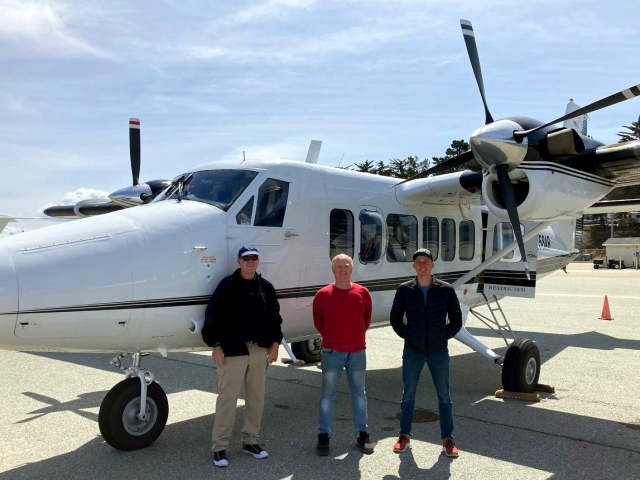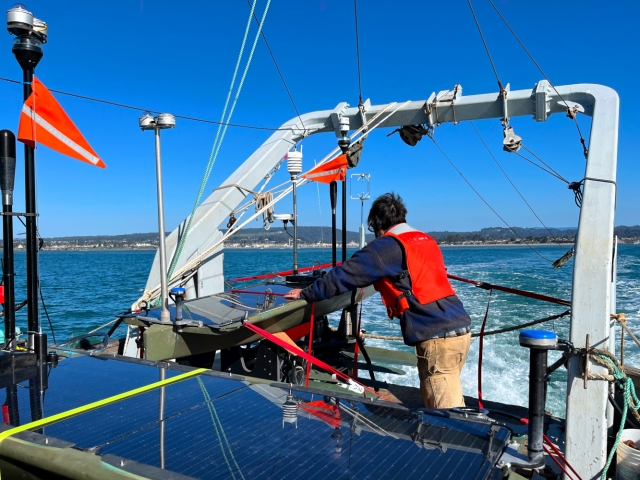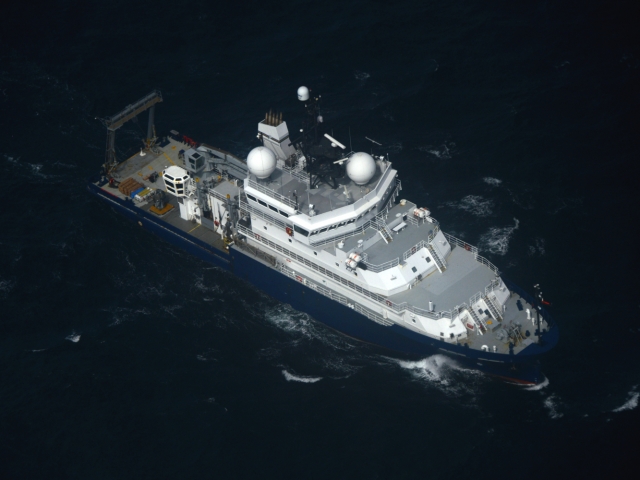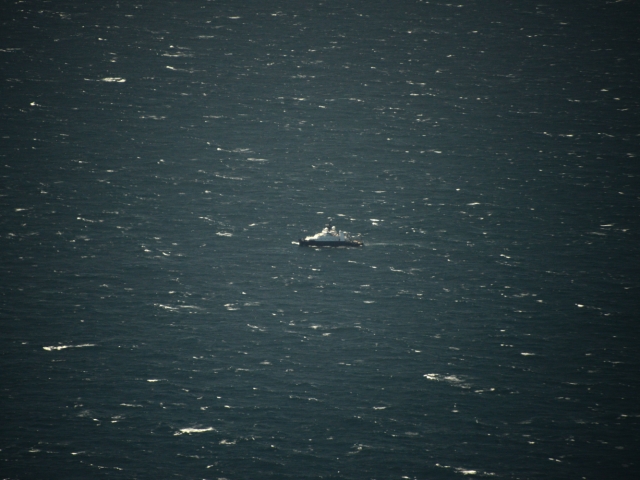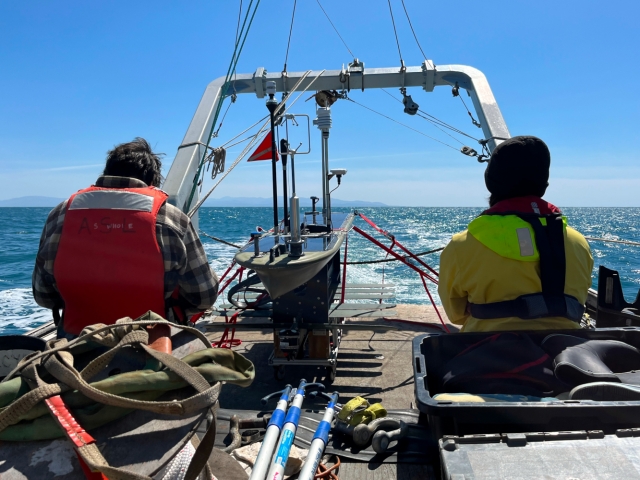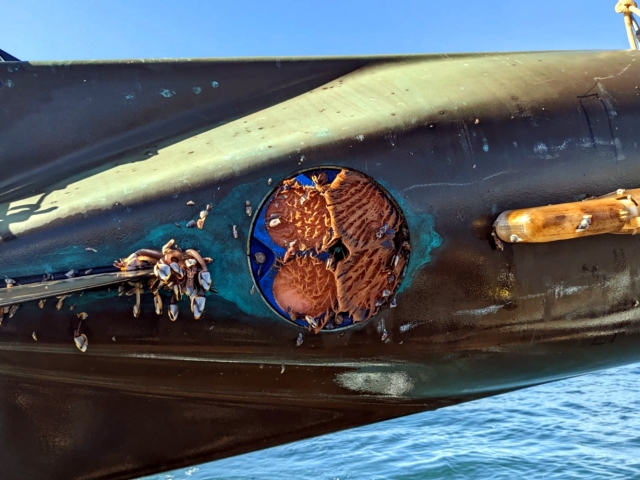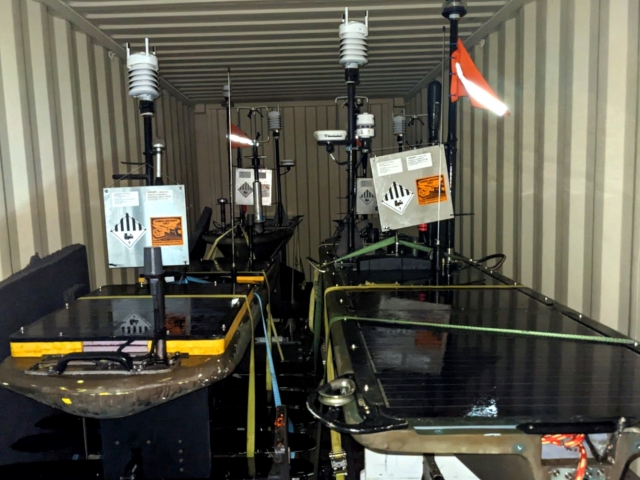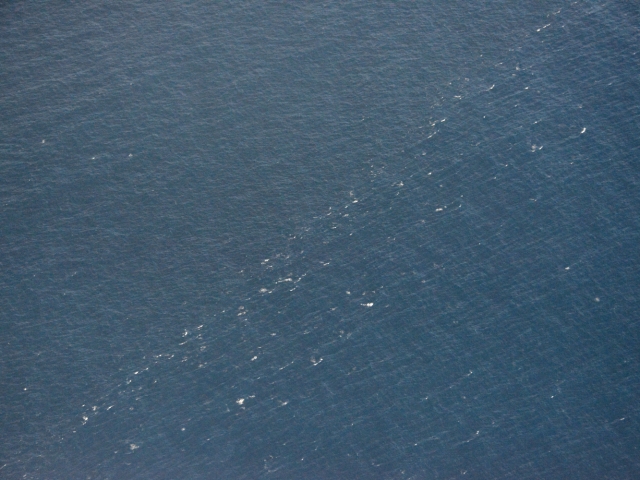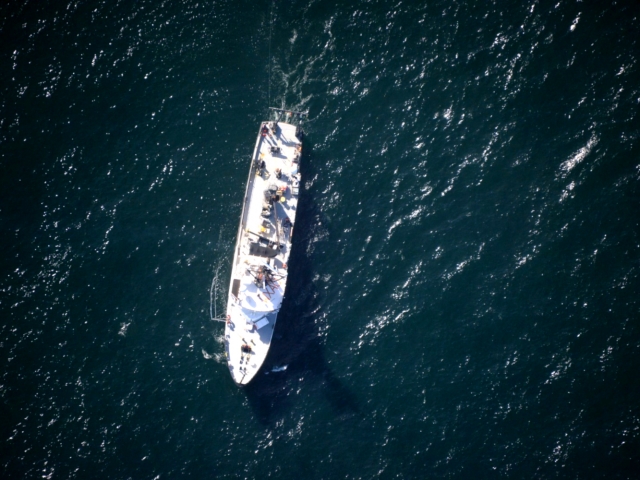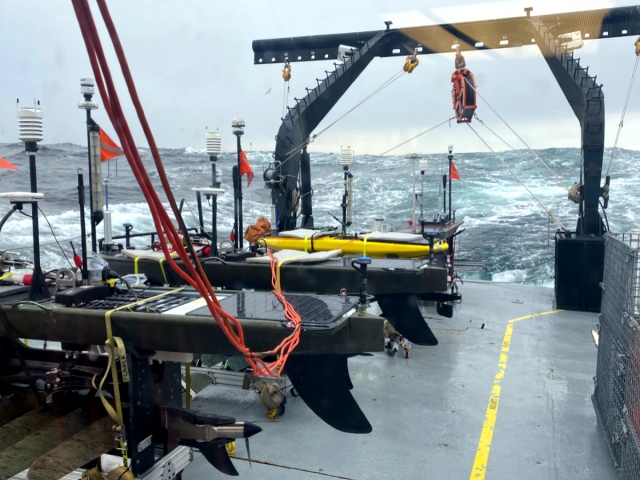Submesoscale Ocean Dynamics and Vertical Transport (S-MODE)
A major difficulty in simulating Earth’s climate system is that there are interactions across scales, so that the large time and space scales can be sensitive to processes on small scales. As the computational resolution of global ocean models has improved, scientists have begun to suspect that kilometer-scale eddies and fronts, called submesoscale variability, have a net effect on ocean-atmosphere heat exchange that is larger than the heating from the greenhouse effect (Su et al. 2018). State-of-the-art computer models agree in predicting that these eddies have important long-term effects on the upper-ocean, but their predictions are sensitive to relatively small details in model physics and implementation. The resolution and detail of these simulations has surpassed our ability to ground truth them with spaceborne or in situ sensors. There is thus a pressing need for a comprehensive benchmark data set on these submesoscale motions to address this important source of uncertainty in simulating the global ocean.
The Sub-Mesoscale Ocean Dynamics Experiment (S-MODE) will test the hypothesis that submesoscale ocean dynamics make important contributions to vertical exchange of climate and biological variables in the upper ocean. This will require coordinated application of newly-developed in situ and remote sensing techniques, and it will provide an unprecedented view of the physics of submesoscale eddies and fronts and their effects on vertical transport in the upper ocean. S-MODE will use measurements from a novel combination of platforms and instruments (see figure below) along with data analysis and modeling, to test the hypothesis.

Location
Off the coast of San Francisco, California.
Time
Pilot experiment in October 2021. Main experiments in October 2022 and April 2023.
Media
IOP2 Experiment (April 2023)
IOP1 Experiment (October 2022)
Pilot Experiment (October 2021 – November 2021)

